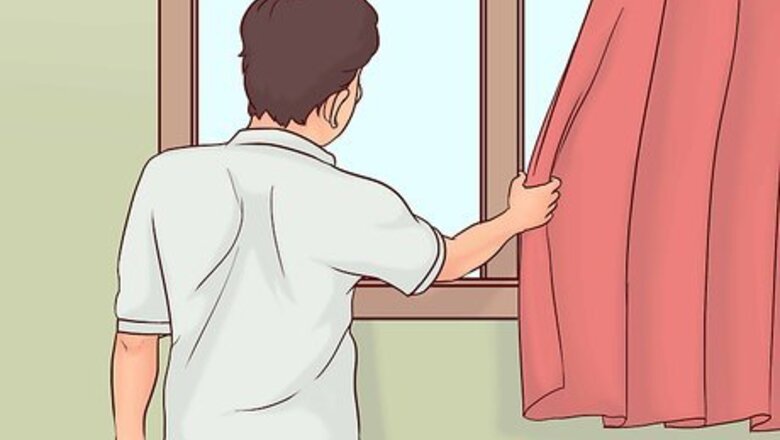
views
Protecting Birds in Your Yard
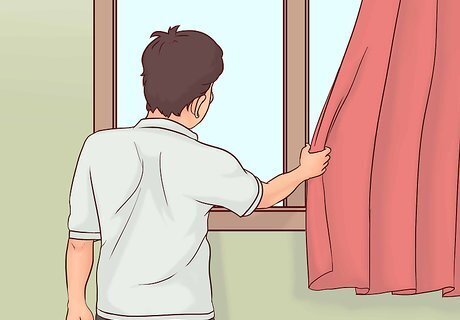
Cover your windows with drapes, blinds, or decals. When a bird looks at a window, it sees the reflection of the ground or the sky, so it thinks it’s found somewhere safe to fly. Unfortunately, this leads to as many as 1 billion bird deaths each year in the U.S. alone. To help prevent this from happening in your home, cover your windows with light-colored blinds or curtains, or place window decals or screens over the glass to make the windows less reflective. Keep your drapes or blinds closed when you aren’t home, since they won’t protect the birds if they’re open. You can also use suncatchers or stained glass to help keep birds from flying into your windows.
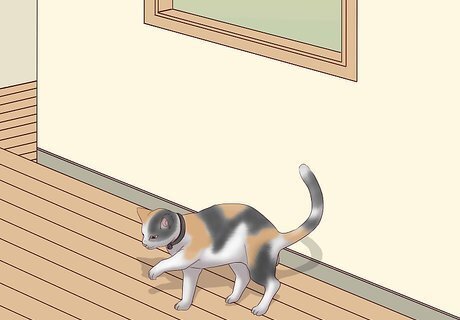
Keep cats indoors or on a catio. Cats are natural hunters, and that instinct will lead them to chase and kill birds even if they’re already well-fed. If you have a cat, keep it indoors as much as possible, or provide it with a screened-in area on your porch or patio, often called a catio, where it can enjoy the outdoors without posing a threat to local wildlife. If you do need to let your cat outside, consider fitting it with a breakaway collar with a bell. The bell will let birds know when the cat is approaching, which may give enough warning to get away. Keeping your cat indoors can also extend its lifespan, since it has less of a risk of being injured, captured, or trapped. Indoor-only cats also have less risk of being exposed to dangerous illnesses. You can find tutorials online for building your own catio!
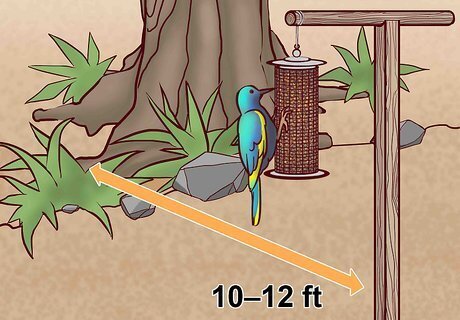
Place bird feeders at least 10–12 ft (3.0–3.7 m) away from shrubs. Shrubs and small trees are excellent hiding places for predators like cats and hawks that might prey on smaller birds. Avoid putting your bird feeder too close to these or other hiding places. That way, it will be harder for the predators to ambush birds while they’re eating. You should also ensure that the bird feeders are away from any windows. If a bird becomes startled while it’s eating, it might fly into the window and get hurt.
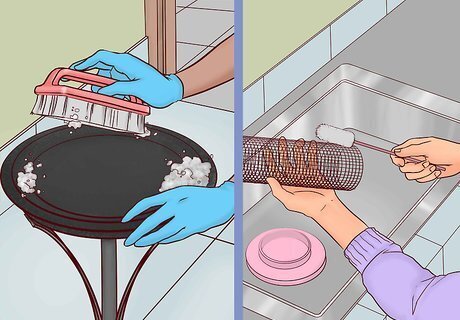
Clean your bird bath and bird feeders regularly. Birds can sometimes carry bacteria or parasites, which can then be spread to other birds if you don’t clean your bird bath or your bird feeder. Change the water in your bird bath every day, and change the seed in your feeder every 3 or 4 days when the weather is dry, or every day if it’s wet or snowy outside. Moisture can also cause mold to grow in your bird feeder, posing an additional risk to the birds.
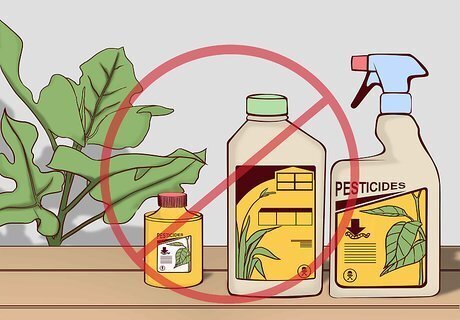
Avoid the use of pesticides in your yard. Birds have very delicate systems, and chemical pesticides can harm or even kill them. Avoid using foggers, which disperse chemicals through the air. Instead, opt for non-toxic pest control methods, like diatomaceous earth or a plant spray made from hot peppers and garlic, for instance. If you’re having trouble with a specific pest, do a search online for organic or non-toxic methods to remove that specific insect or animal.
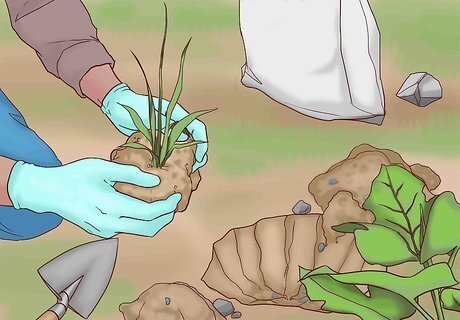
Add native plants to your yard or garden. Native plants are the plants which naturally grow in the area where you live. They tend to thrive without much assistance, and they’ll provide a natural habitat for your birds to live in. In addition, they may provide local birds with an additional food source, either from the berries and seeds the plants produce, or by attracting native insects that the birds can eat. Search online to learn more about which plants are native to your area.
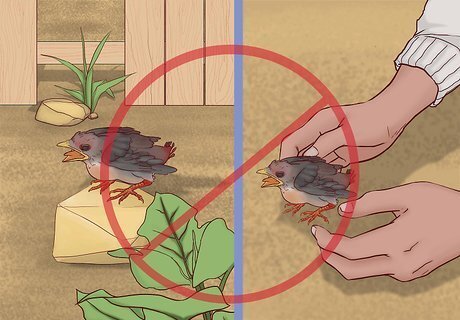
Don’t try to rescue baby birds you see on the ground. In most cases, if you see a baby bird on the ground, it’s probably a fledgling, or a bird that’s trying to learn to fly. Typically, the bird’s parents will be close enough to watch the bird, even if you can’t see it right away. If you’re not sure whether the baby bird is being tended to, watch it for several hours to see if its parents bring it food. If you see a baby bird on the ground and it doesn’t have any feathers, gently scoop it up from underneath and place it into its nest or a nearby sturdy branch. If the bird is obviously injured or orphaned, call a wildlife conservation organization. In many places, it’s illegal to try to rescue and raise a wild bird on your own.
Supporting Wildlife Conservation Efforts
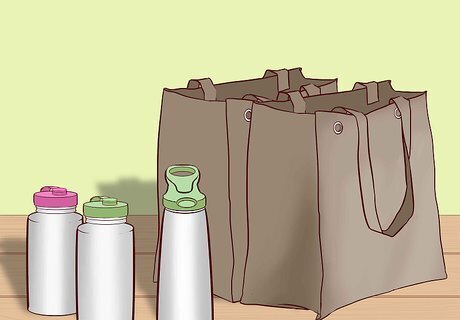
Switch to cloth grocery bags and reusable bottles. Plastic trash often kills birds in the wild, either because they eat it or they become tangled in it. By using less plastic, you can help reduce the dangers to birds in the wild. Simple changes you can make include using reusable cloth grocery bags instead of plastic, and switching to a reusable water bottle instead of drinking bottled water. When you do use plastic items, be sure to recycle them. Over time, this will decrease the amount of new plastic that needs to be produced.
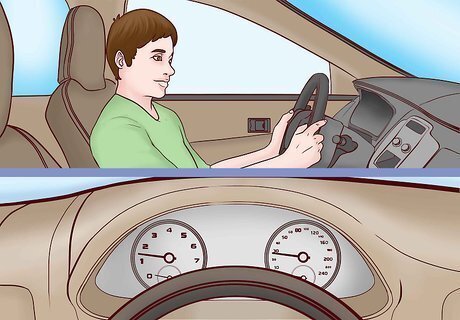
Drive the speed limit. Millions of birds are killed by cars every year. Unfortunately, there’s no way to completely eliminate the danger posed by vehicles, but there are things you can do to help reduce the risk. When you’re driving the speed limit, you may be able to safely slow down or stop, giving the bird time to escape. If you speed, you might not have the reaction time needed to avoid hitting a bird that’s standing in the roadway or flying low to the ground.
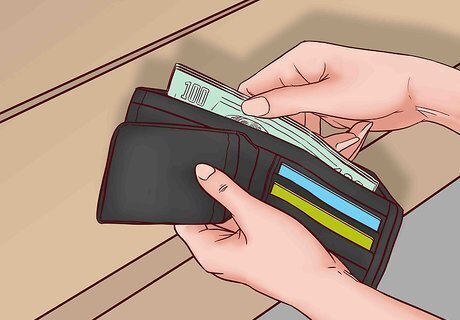
Donate to an organization that works to conserve bird populations. If you’re passionate about saving birds, choose a nonprofit conservation organization whose mission you feel passionate about, then donate to that charity. Private donations help these organizations continue to operate, so you’ll be doing your part to support their mission. Some of the more well-known nonprofits working to protect birds include the National Audubon Society, the American Bird Conservancy, and Partners in Flight. You may be able to find regional organizations dedicated to protecting birds specific to your area. Local conservation efforts might include protecting nesting areas threatened by urban growth or tracking endangered bird species.
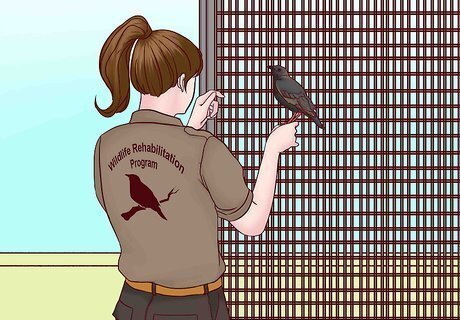
Volunteer with a program to have a more hands-on impact. Often, conservation programs will have opportunities for people to donate their time to helping protect birds. These might include spending time at a wildlife rehabilitation center or assisting with rescues after a disaster, like helping to clean birds after an oil spill. You can be alerted to volunteer opportunities by following different non-profit organizations on social media or signing up for their emails.
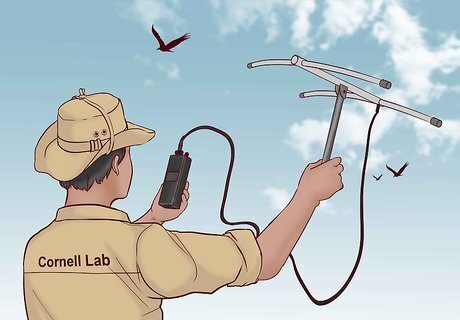
Become a citizen scientist by tracking bird data yourself. If volunteering at a non-profit isn’t a good option, or if you’re looking for more ways to contribute on your own time, consider becoming a citizen scientist. Many conservation organizations rely on data like bird identification and population counts, and a lot of this information can be tracked simply by watching, classifying, and counting the birds that come to your feeder. You can then upload that information to the appropriate organization. If you can’t be physically present to watch the birds, consider setting up a motion-activated game cam instead. For more information about becoming a citizen scientist, check out an organization like the Cornell Lab or Ornithology’s Project FeederWatch. You can learn more about Project FeederWatch at https://feederwatch.org/learn/.

Buy shade-grown coffee and chocolate. Some coffee and chocolate farms in Central and South America have started growing their plants in a forest-like environment, rather than clearing out the ground to grow them in full sun. This provides a safe environment for birds that would have been displaced by deforestation. You can help support their efforts by purchasing shade-grown coffee and chocolate whenever you see it. The “shade-grown” designation will typically be clearly stated on the packaging. By maintaining a healthy ecosystem, including a natural habitat for birds, these farms are helping to increase the sustainability of their harvests.















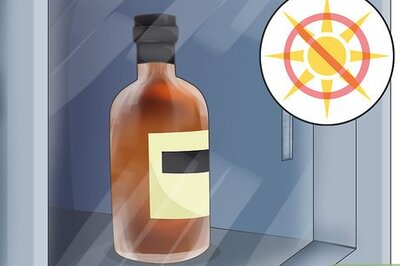




Comments
0 comment